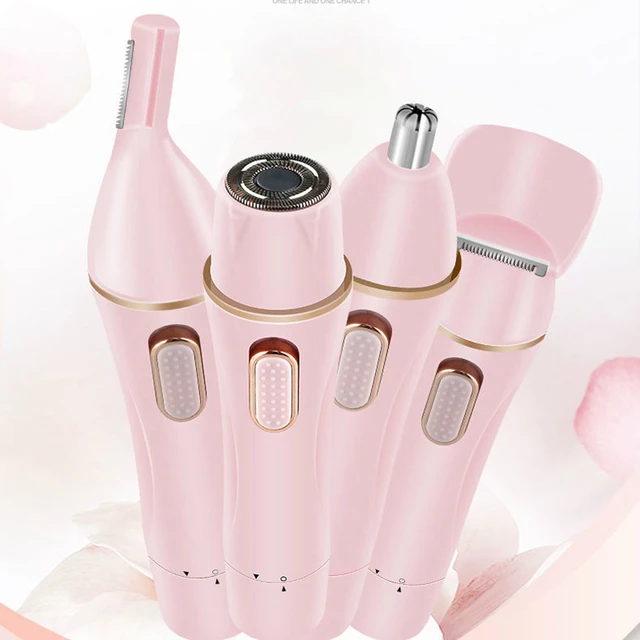
How does the painless hair remover work?
Introduction:
Painless hair removers have gained popularity as an alternative to traditional hair removal methods that can be uncomfortable or painful. These devices offer a gentle and less painful approach to removing unwanted hair from various parts of the body. In this guide, we will explore how painless hair removers work, their benefits, considerations, and tips for using them effectively. Understanding the mechanism and techniques involved in painless hair removal can help you achieve smoother and more comfortable hair removal results.
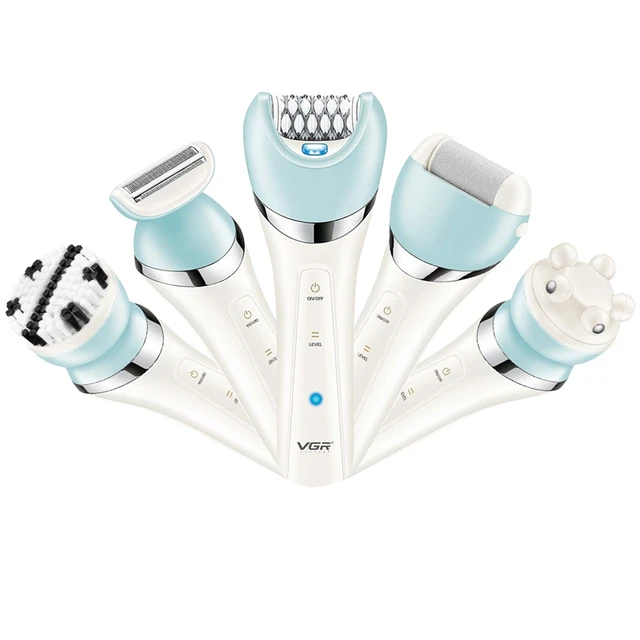
How does the painless hair remover work?
Understanding Painless Hair Removal:
Painless hair removers use innovative technology to remove hair without causing discomfort or pain. These devices are designed to target the hair follicles while minimizing irritation to the surrounding skin. Unlike traditional methods such as waxing or epilating, which pull hair from the root and can be painful, painless hair removers offer a more gentle approach.
Benefits of Painless Hair Removal:
Painless hair removal devices offer several benefits:
a. Comfort: One of the main advantages of painless hair removers is their ability to remove hair without causing discomfort or pain. This makes them suitable for individuals who have low pain tolerance or sensitive skin.
b. Convenience: Painless hair removers are often compact and portable, allowing for easy use at home or while traveling. They provide a convenient alternative to salon visits or other hair removal methods that require appointments or professional assistance.
c. Versatility: Painless hair removers can be used on various parts of the body, including the legs, arms, underarms, bikini area, and even the face. This makes them a versatile option for removing unwanted hair from different areas.
d. Long-Lasting Results: While painless hair removers do not guarantee permanent hair removal, they can provide longer-lasting results compared to shaving. The devices target the hair follicles, which can result in slower regrowth and smoother skin for an extended period.
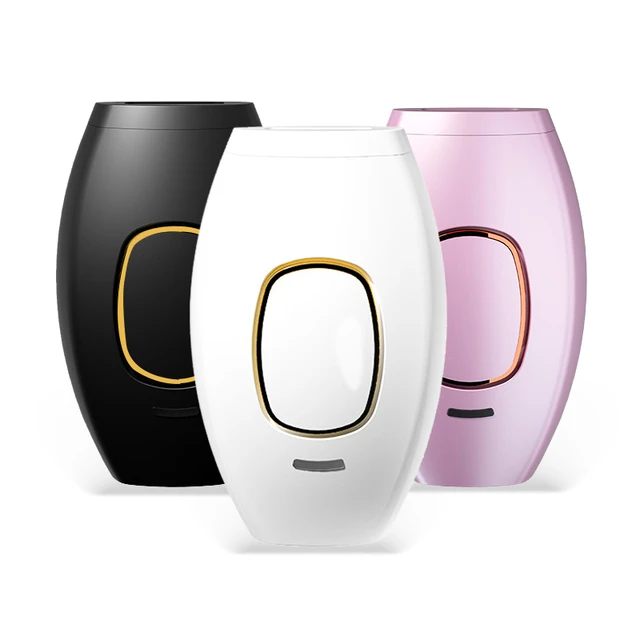
Considerations for Painless Hair Removal:
Before using a painless hair removal device, it is important to consider the following factors:
a. Hair Type and Color: Painless hair removal devices may be more effective on certain hair types or colors. These devices typically work best on darker, coarser hair, as they target the melanin in the hair follicles. Light or blonde hair may be more challenging to remove with painless hair removers.
b. Skin Sensitivity: While painless hair removal devices are designed to be gentle, they may still cause some level of skin irritation, particularly for individuals with sensitive skin. It is advisable to perform a patch test on a small area of the skin before using the device on larger areas.
c. Hair Length: Painless hair removal devices may require a certain minimum hair length to effectively remove the hair. It is important to ensure that the hair is not too short for the device to grip properly.
d. Technique: Proper technique is crucial for effective hair removal with painless devices. Following the manufacturer’s instructions and recommendations for use can help ensure the best results and minimize any potential skin irritation.

How Painless Hair Removers Work:
Painless hair removers utilize different technologies, including light-based or heat-based methods, to target and remove hair. Below are some common technologies used in painless hair removal devices:
a. Intense Pulsed Light (IPL): IPL devices emit a broad spectrum of light that targets the pigment in the hair follicles. The light is absorbed by the melanin, which converts into heat, damaging the follicles and inhibiting further hair growth. IPL devices are designed to be gentle on the skin and can cover larger areas quickly.
b. Radio Frequency (RF): RF devices use radiofrequency energy to heat the hair follicles, effectively disabling them and preventing hair regrowth. RF devices are suitable for various skin tones and hair colors, making them versatile options for painless hair removal.
c. Laser Technology: Laser hair removal devices emit a concentrated beam of light that targets the melanin in the hair follicles. The light energy is absorbed by the pigment, which damages the follicles and inhibits hair regrowth. Laser devices provide precision and can be used on smaller areas.
d. Epilation Technology: Some painless hair removers combine epilation with other technologies for a more comprehensive approach to hair removal. These devices may include rotating discs or tweezers that grab and remove hair from the root while simultaneously delivering light or heat energy to the follicles.

Tips for Effective Painless Hair Removal:
To achieve optimal results with a painless hair removal device, consider the following tips:
a. Start with Clean Skin: Ensure that the skin is clean and free from oils, lotions, or creams before using the device. This helps to ensure effective contact between the device and the hair follicles.
b. Check the Hair Length: Painless hair removal devices may require a certain minimum hair length to effectively remove the hair. Check the device instructions to determine the appropriate hair length for optimal results.
c. Follow the Manufacturer’s Instructions: Read and follow the manufacturer’s instructions provided with the device. Each device may have specific guidelines for usage, recommended treatment intervals, and any safety precautions to be aware of.
d. Use in a Well-Lit Area: Proper lighting can help ensure effective hair removal with painless devices. Use the device in a well-lit area to clearly see the hair and ensure that all areas are adequately treated.
e. Consistency and Patience: Painless hair removal typically requires multiple treatments over a period of time to achieve the desired results. Be consistent with your treatments and follow the recommended treatment plan provided by the manufacturer.
f. Moisturize and Protect the Skin: After using a painless hair removal device, apply a soothing moisturizer or aloe vera gel to calm the skin and minimize any potential redness or irritation. Protect the skin from the sun’s harmful rays by applying sunscreen when going outdoors.
Alternative Methods for Hair Removal:
If painless hair removal devices are not suitable for your hair removal needs or preferences, there are alternative methods to consider:
a. Shaving: Shaving is a quick and painless method of hair removal. However, the results are temporary, and the hair grows back quickly, often with sharp stubble.
b. Waxing: Waxing involves applying heated wax to the skin and removing it along with the hair. It provides longer-lasting results compared to shaving, but it can be more painful and may cause temporary redness or irritation.
c. Depilatory Creams: Depilatory creams contain chemicals that dissolve the hair shaft, allowing easy removal from the skin’s surface. They provide a quick and painless option for hair removal. However, they may cause skin irritation or allergic reactions in some individuals.
d. Professional Treatments: Professional treatments such as laser hair removal or electrolysis offer long-term hair reduction or removal. These methods target the hair follicles, resulting in a significant reduction in hair growth over time. However, they may require multiple sessions and can be more expensive compared to using painless hair removal devices.
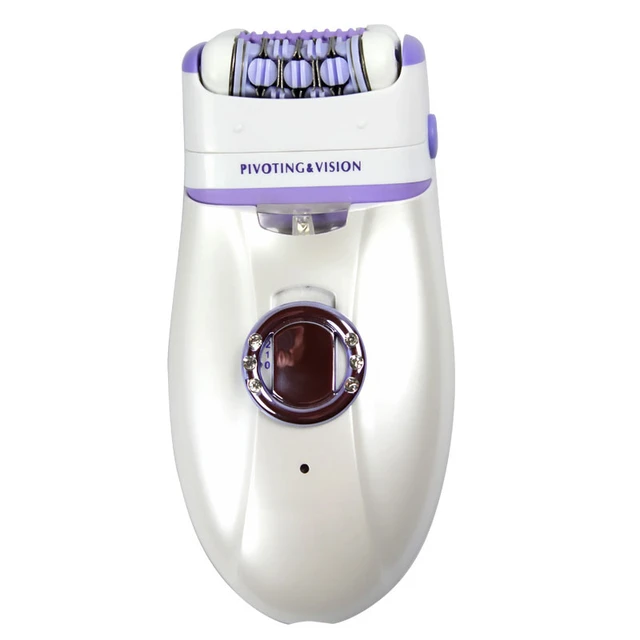
Conclusion:
Painless hair removal devices offer a comfortable and convenient alternative to traditional hair removal methods. By understanding the mechanisms and techniques involved, you can achieve smoother and more comfortable hair removal results. Consider factors such as hair type, skin sensitivity, and hair length when choosing a painless hair removal device. Following proper technique, safety precautions, and aftercare can help maximize the effectiveness and minimize any potential skin irritation. If painless hair removal devices are not suitable, alternative hair removal methods such as shaving, waxing, depilatory creams, or professional treatments may be considered. Choose the method that best suits your needs and preferences to achieve smooth and hair-free skin.




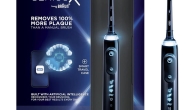
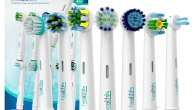
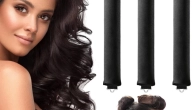
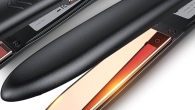
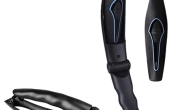

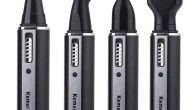

Leave a Reply
You must be logged in to post a comment.